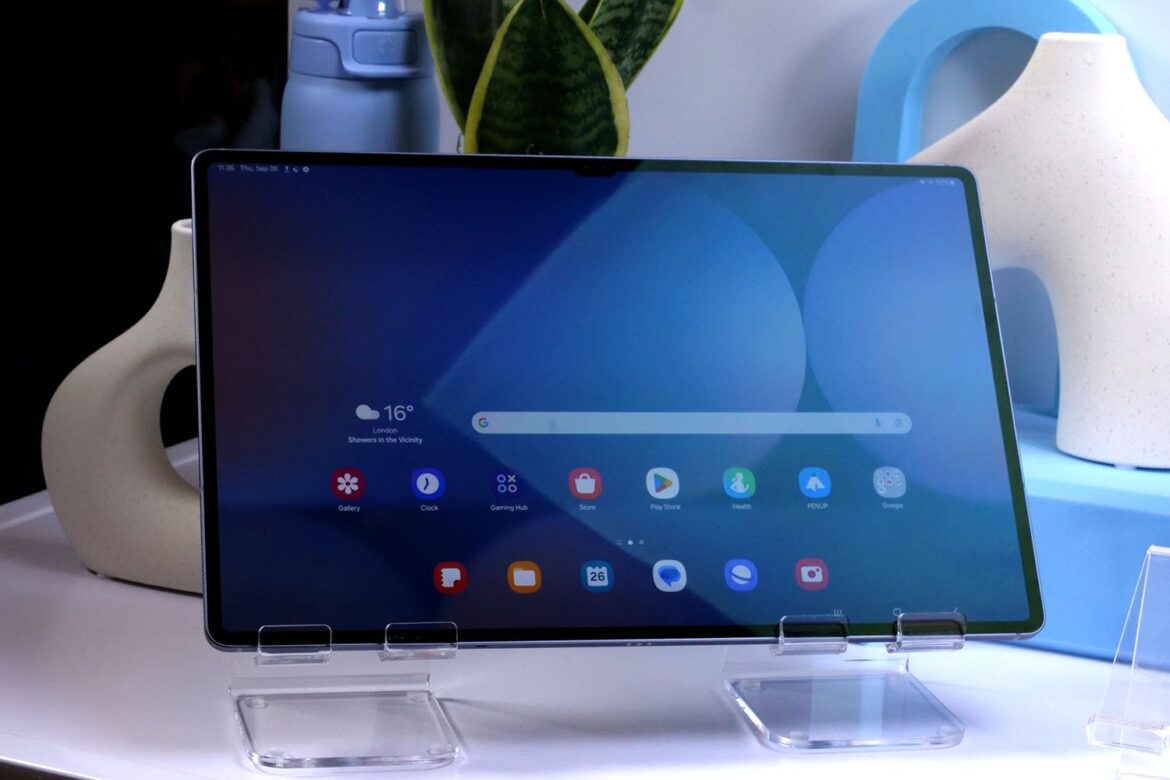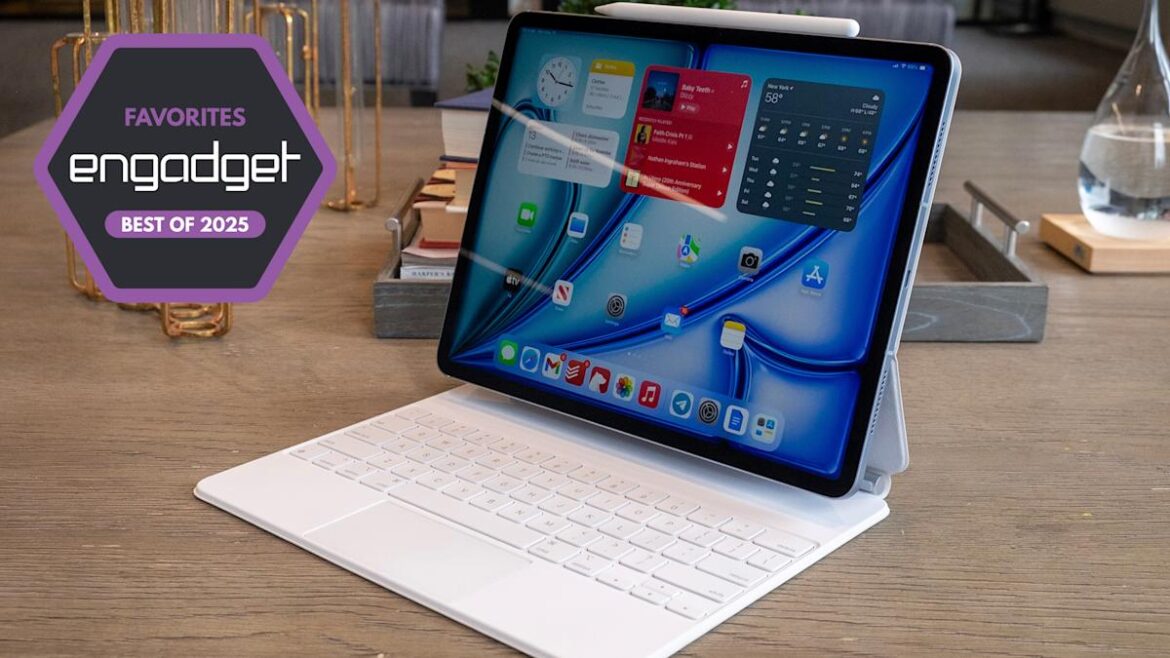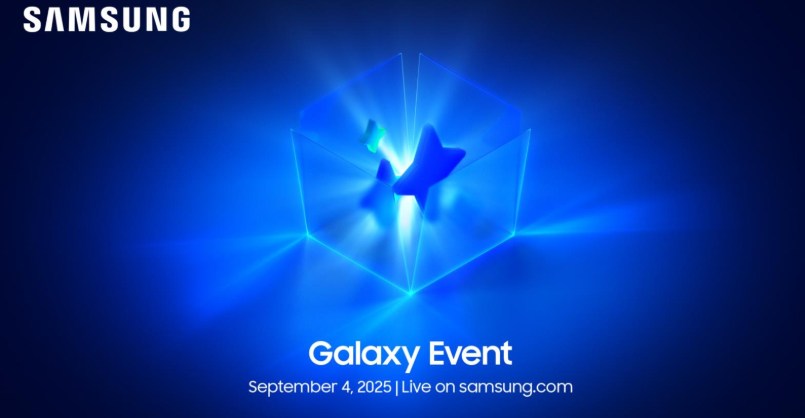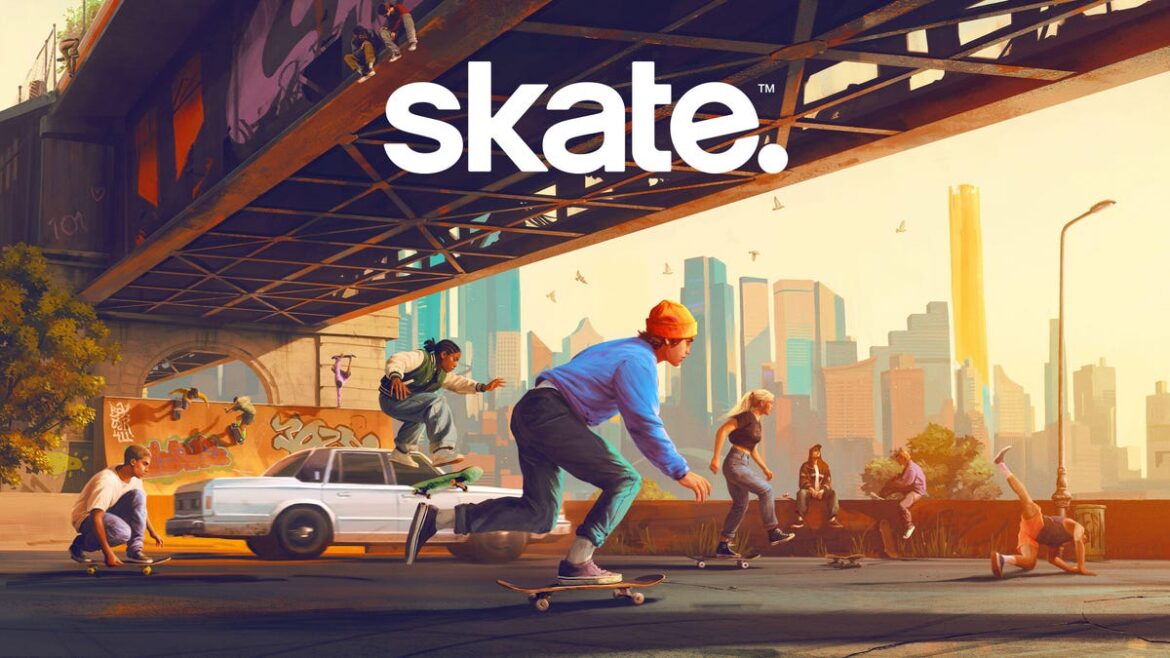Back in 2024, as the soulslike difficulty discourse once again reared its silly head, Elden Ring director Hidetaka Miyazaki said FromSoft “could just crank the difficulty down,” but warned that doing so “would break the game itself.” That doesn’t seem to be a concern going the other direction, though, as Bandai Namco says a new “high-difficulty challenge mode” called Deep of Night is coming to Elden Ring: Nightreign in September.
Now, before we get too far into this, I know, Elden Ring and Elden Ring: Nightreign are two very different experiences: One an almost entirely solo soulslike, the other a co-op focused extraction game. So the analogy isn’t exact—difficulty becomes less of a pressing issue when you’re travelling with your own personal Let Me Solo Her—but even so I find the whole “We can’t go down, but we can sure as hell go up” approach quite funny.
Anyway, Deep of Night is “designed for seasoned players who have navigated through the Night many times,” Bandai said. Enemies will be stronger than in other modes, and players won’t be able to target specific Nightlords when they set out—you’ll get who you get, and good luck to you.
Related articles
“Ongoing terrain changes are not reflected,” Bandai said, which I assume means Shifting Earth modifiers are off the table, and there will be new items exclusive to the Deep of Night mode, including “Depths Relics” and weapons with multiple new—”but also detrimental”—effects. Hey, the Nightlord giveth, and the Nightlord taketh away.
“‘Deep of Night’ is a high-difficulty mode that provides a thrilling and challenging adventure,” Bandai wrote. “We encourage you to try and see if you can surpass Depth 3.” If you do, Depths 4 and 5 “will feature an endless battle for those seeking even greater thrills.” Deep of Night’s difficulty will increase as you descend, but will also “fluctuate based on wins and losses,” Bandai said.
If all of this is ringing a bell, it’s likely because you read about some Nightreign datamining earlier this month that uncovered information on the Deep of Night mode, including that it will have five “depths,” each with 999 ratings—a system seemingly similar to the one FromSoft used for Armor Core 6.
How exactly it will all work out in practice remains to be seen, but players will find out soon enough: Nightreign’s Deep of Night mode is set to go live on September 11.
Best gaming rigs 2025
All our favorite gear










